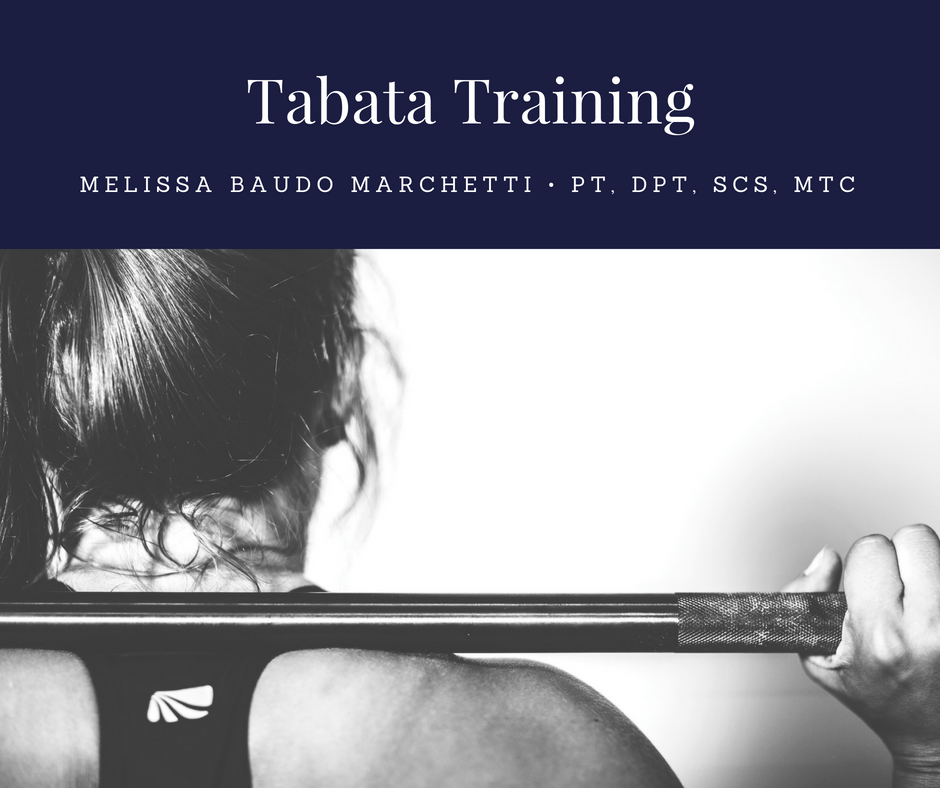I recently had the opportunity to try a Tabata class and it KILLED me, but I loved it. It was an intense workout that included sprints, jumping jack, burpees, bear crawls, inchworm planks, and TRX. I was sore for about 2 days, but I felt my body work harder than it had in a while and I felt really good. Here is the scoop on Tabata training and how it may help you.
What is Tabata?
Tabata training is a form of high-intensity interval training (HIIT). It consists of eight rounds of high-intensity exercises in a 20-seconds-on, 10-seconds-off interval. It may only take four minutes to complete a Tabata circuit, but those four minutes should push your body to a new limit.
Tabata was founded by a Japanese scientist, Dr. Izumi Tabata, who compared the results of moderate intensity training and HIIT. The study compared two groups of speed-skating athletes. The first group trained on ergonomic cycles at moderate intensity for one hour, five days per week, for a total of six weeks. The second group completed four-minute, high-intensity maximum effort workouts on ergonomic cycles four days per week for a total of six weeks. The four minutes of work consisted of eight intervals of all-out training, followed by 10 seconds rest.
The results of the study concluded that the athletes who performed high-intensity training saw increases in aerobic and anaerobic system capacities compared to the moderate-intensity group who only improved aerobic performance. So, the Tabata protocol was modeled after the group who performed the high intensity exercise.
Implementing a Tabata Workout
Technically, a Tabata workout should be done with one movement. So, if you choose a movement like sprints or burpees, you do that specific exercise at the absolute maximum intensity for 20 seconds, take a 10-second rest, and repeat for eight total rounds. Part of what makes Tabata so difficult is performing four minutes of the same movement at your highest intensity. If you’re not absolutely toast after those four minutes, you didn’t go hard enough.
Some people now vary the exercises during a tabata session, like the class I took. Tabata training increases metabolic rate, burns a lot of calories, facilitates weight loss, provides a full-body anaerobic and aerobic workout, improves athletic performance, improves glucose metabolism, and acts as an excellent catalyst for fat burning. Try adding Tabata to your training regimen twice per week. You can do it more often if you’re better trained, need quick results, or recover well from the previous sessions.
Dr. Baudo Marchetti is a Board Certified Sports Clinical Specialist at One on One Physical Therapy in Atlanta. For nearly five years she was a full-time sports physiotherapist for the WTA Tour and is a tennis medicine and sports medicine expert. She teaches a Sports Physical Therapy course and assists in teaching orthopedics within the Division of Physical Therapy at Emory University.





